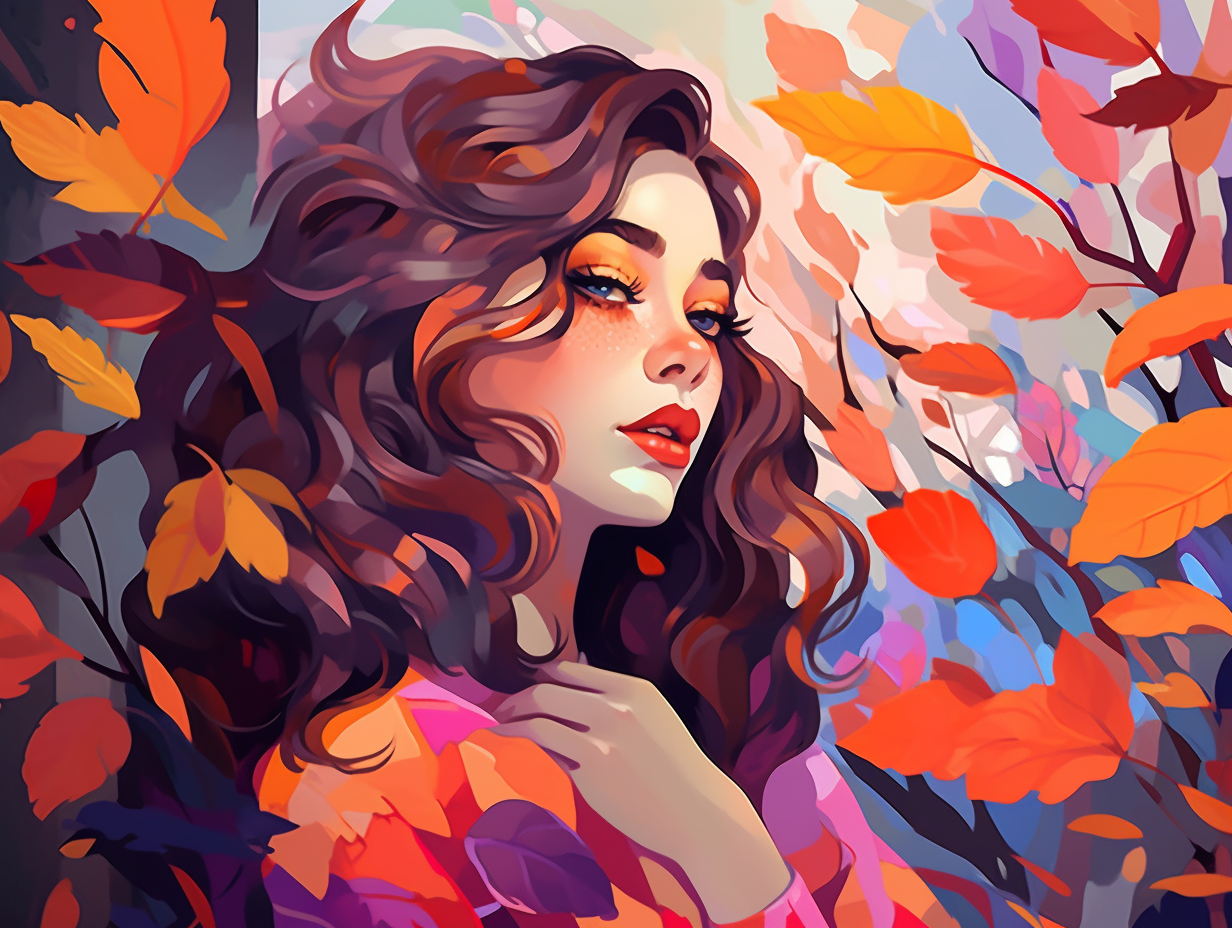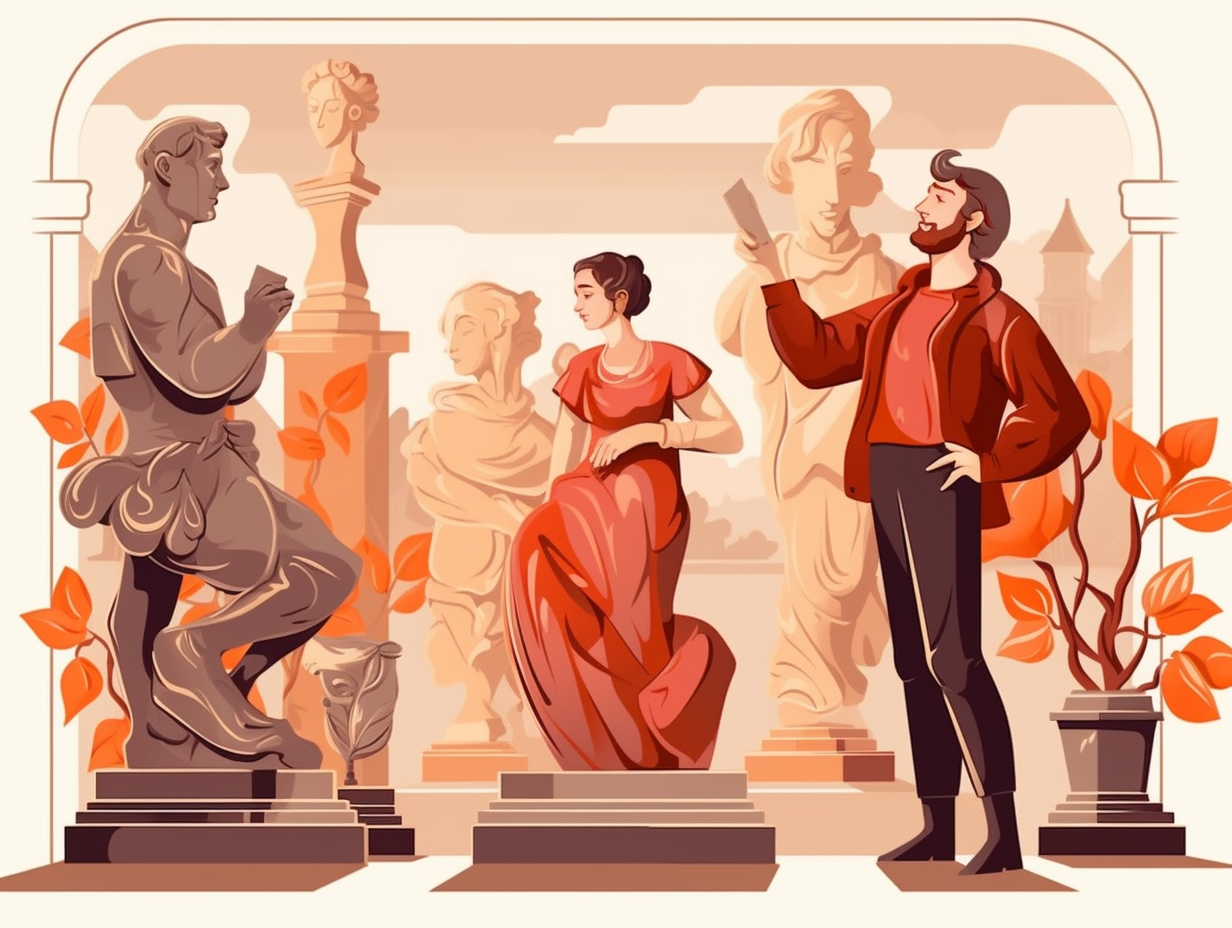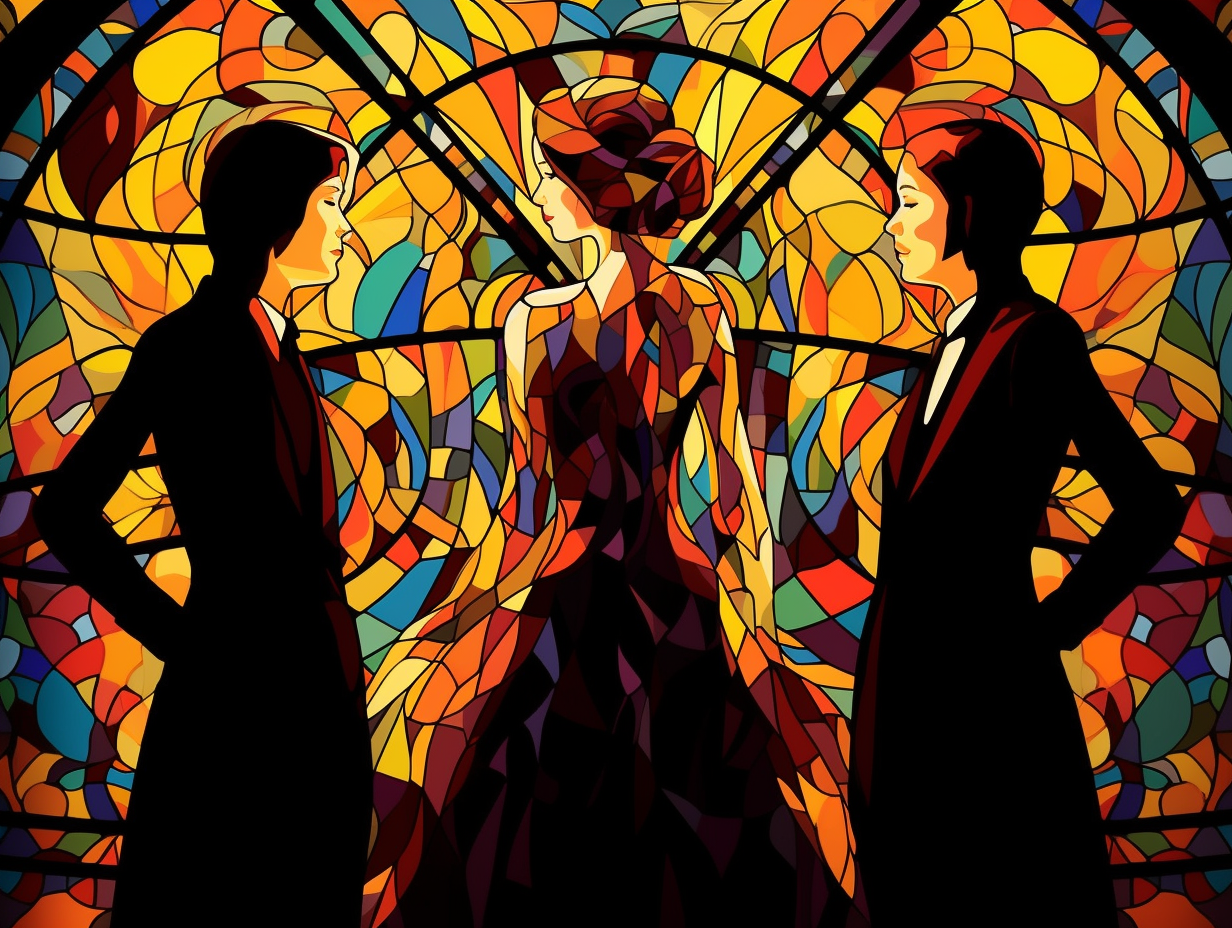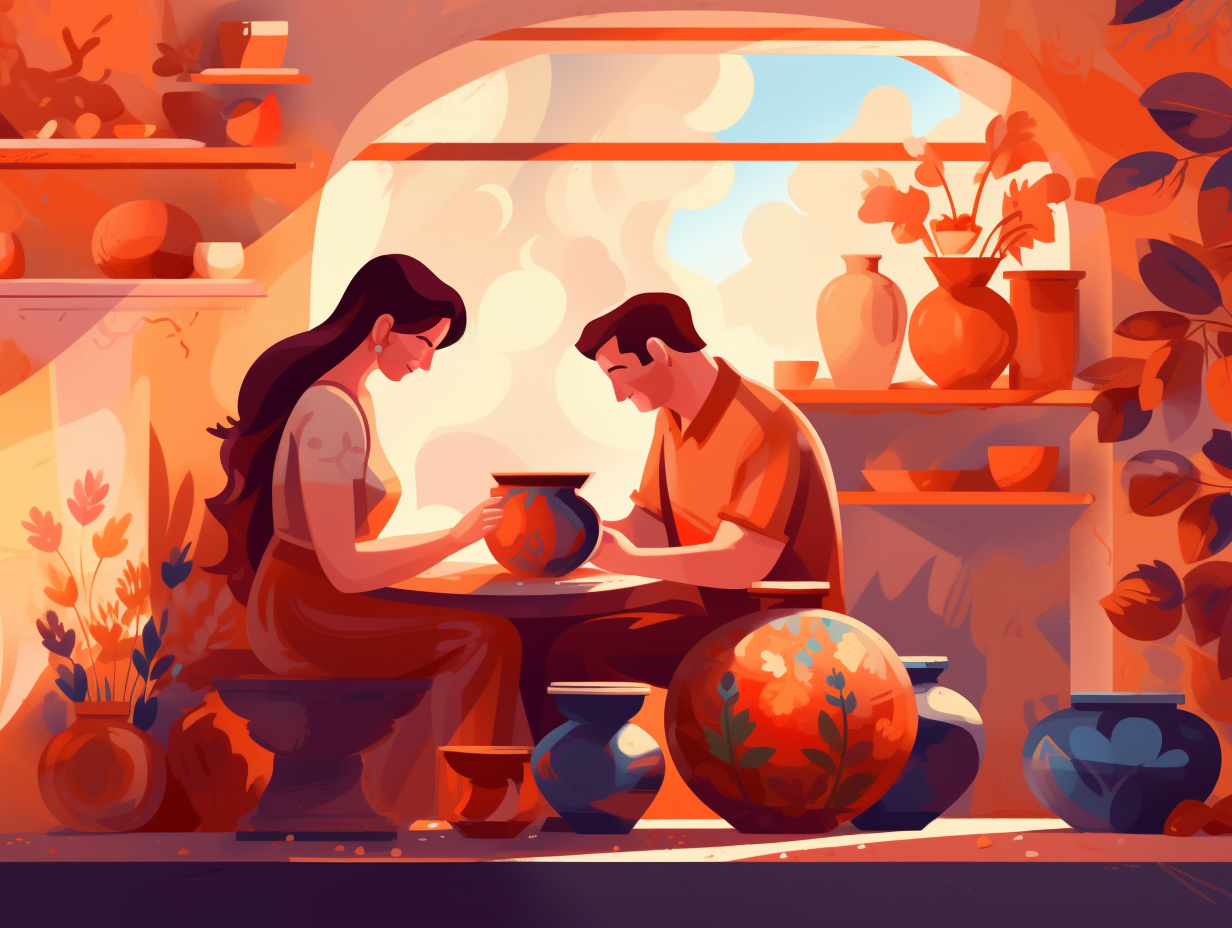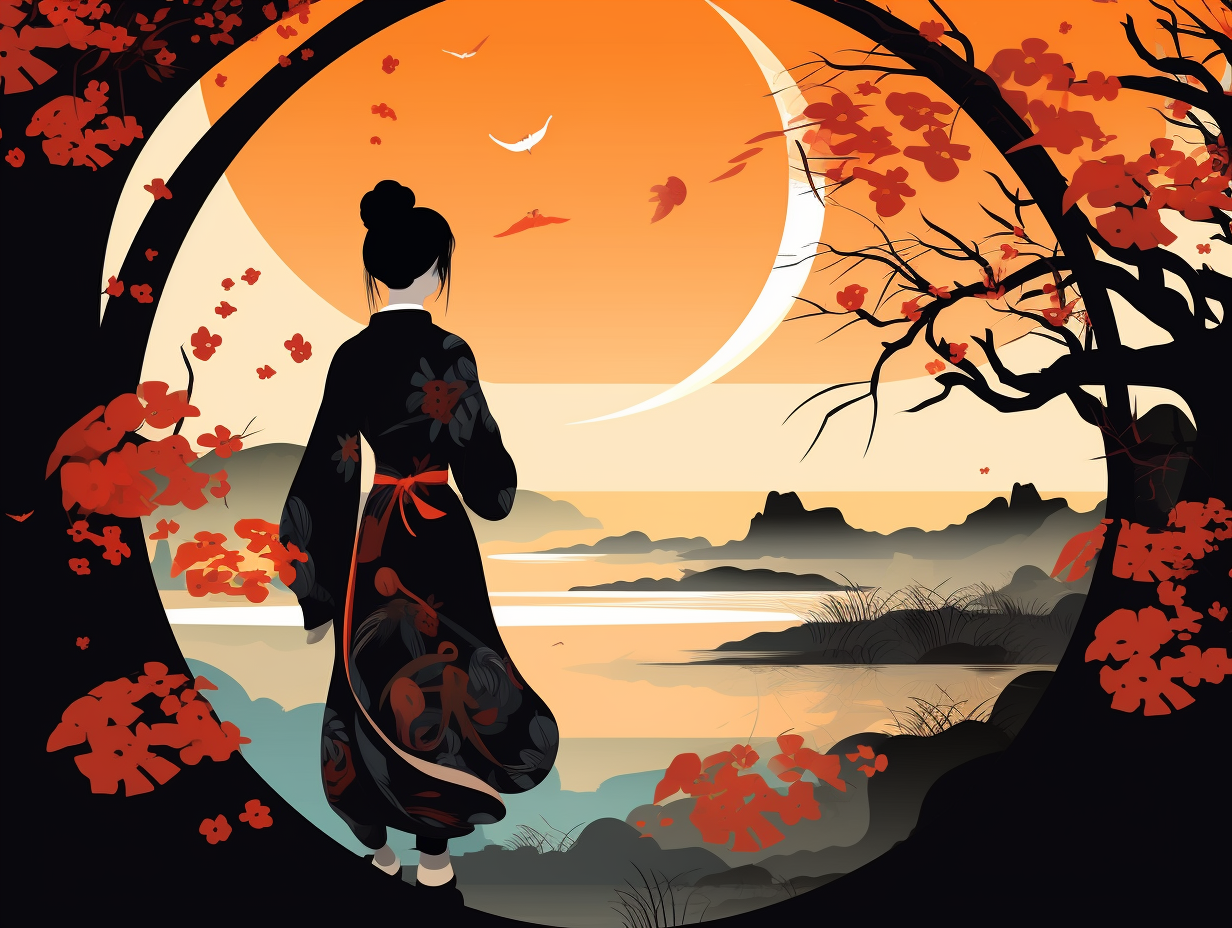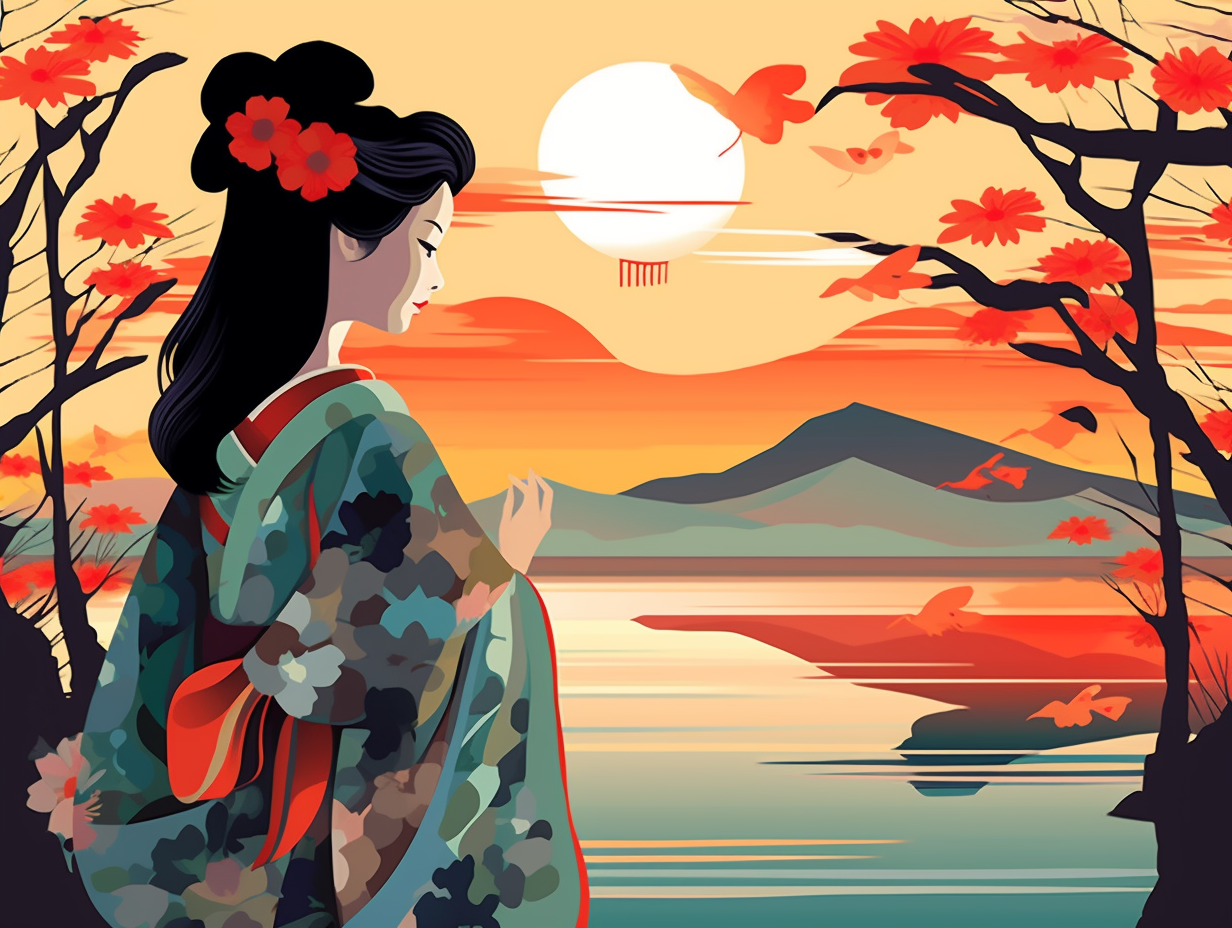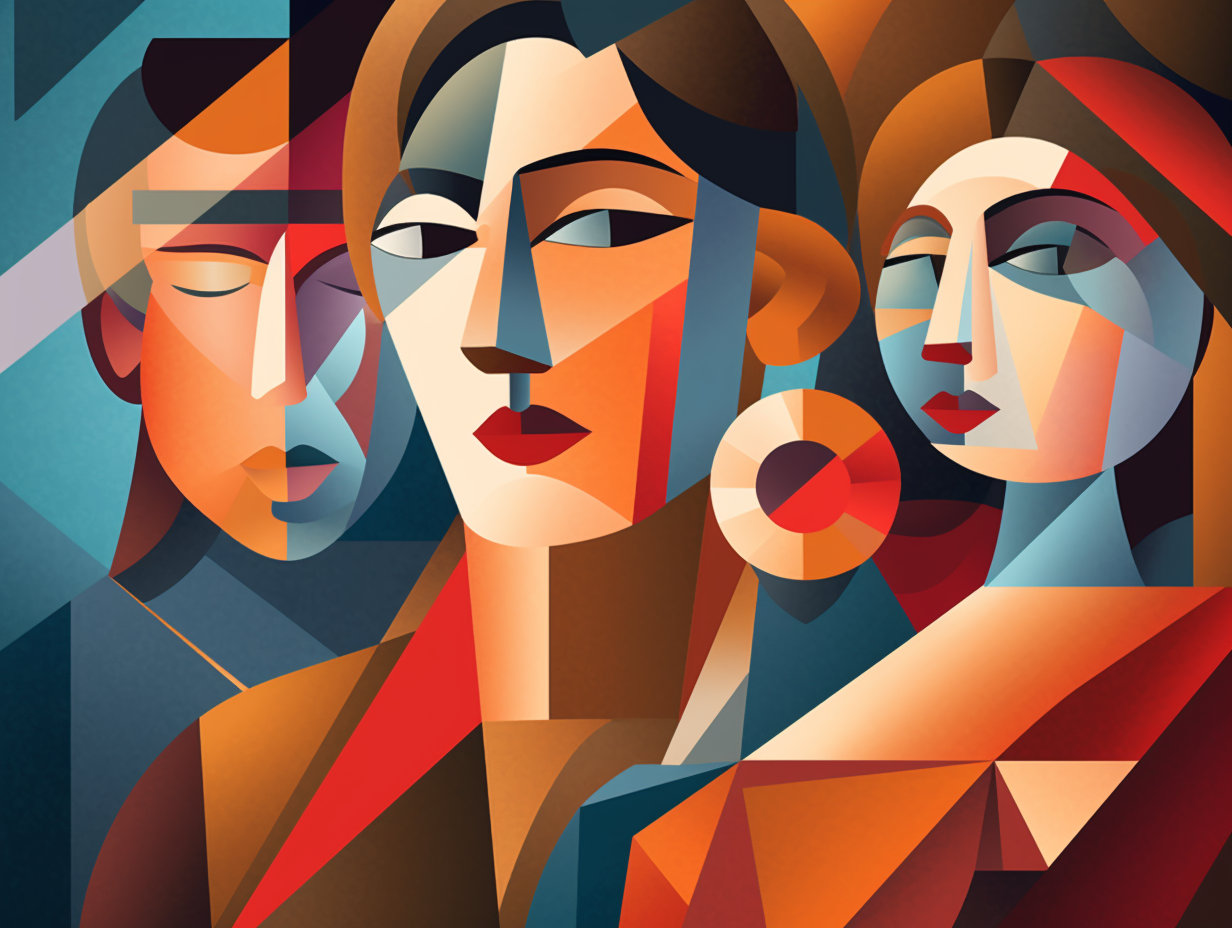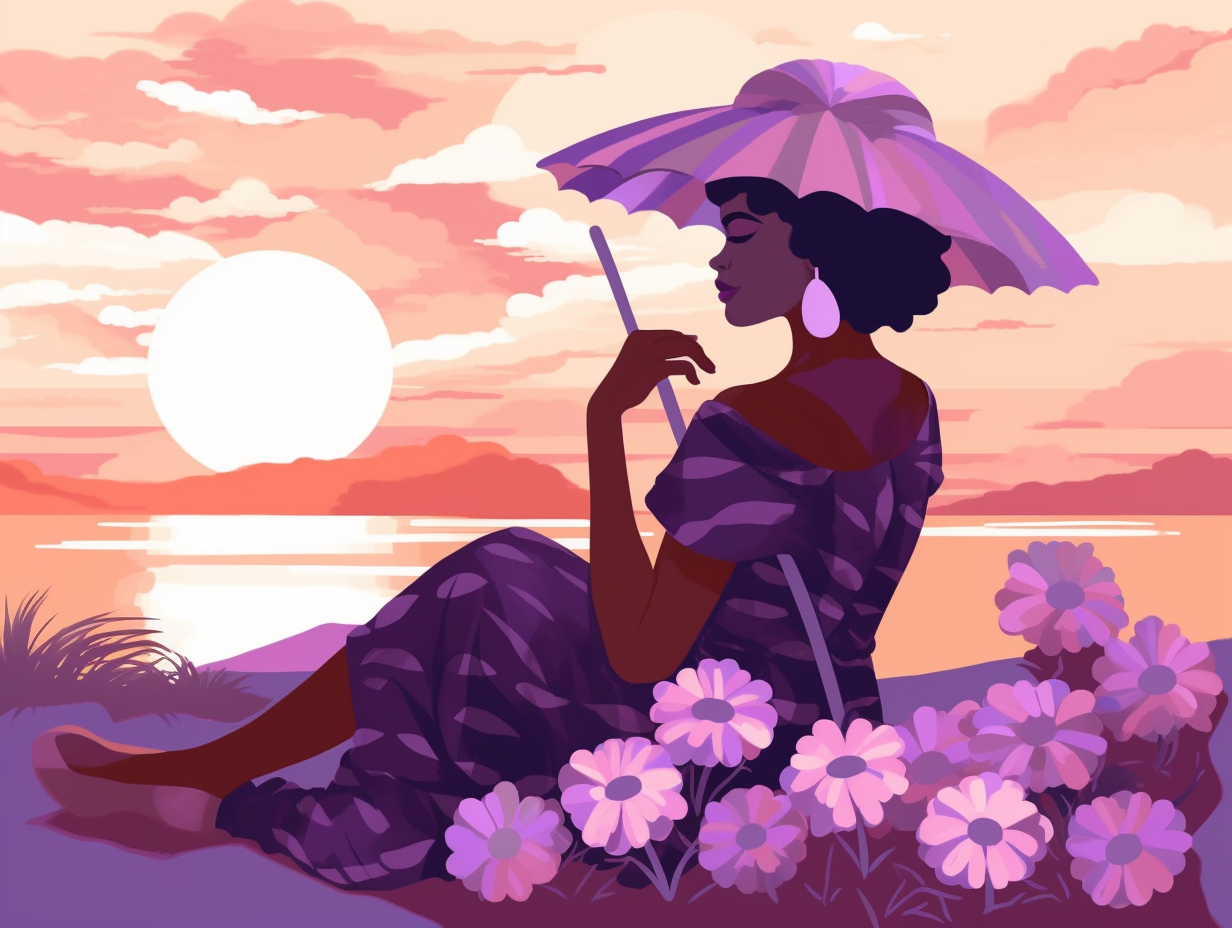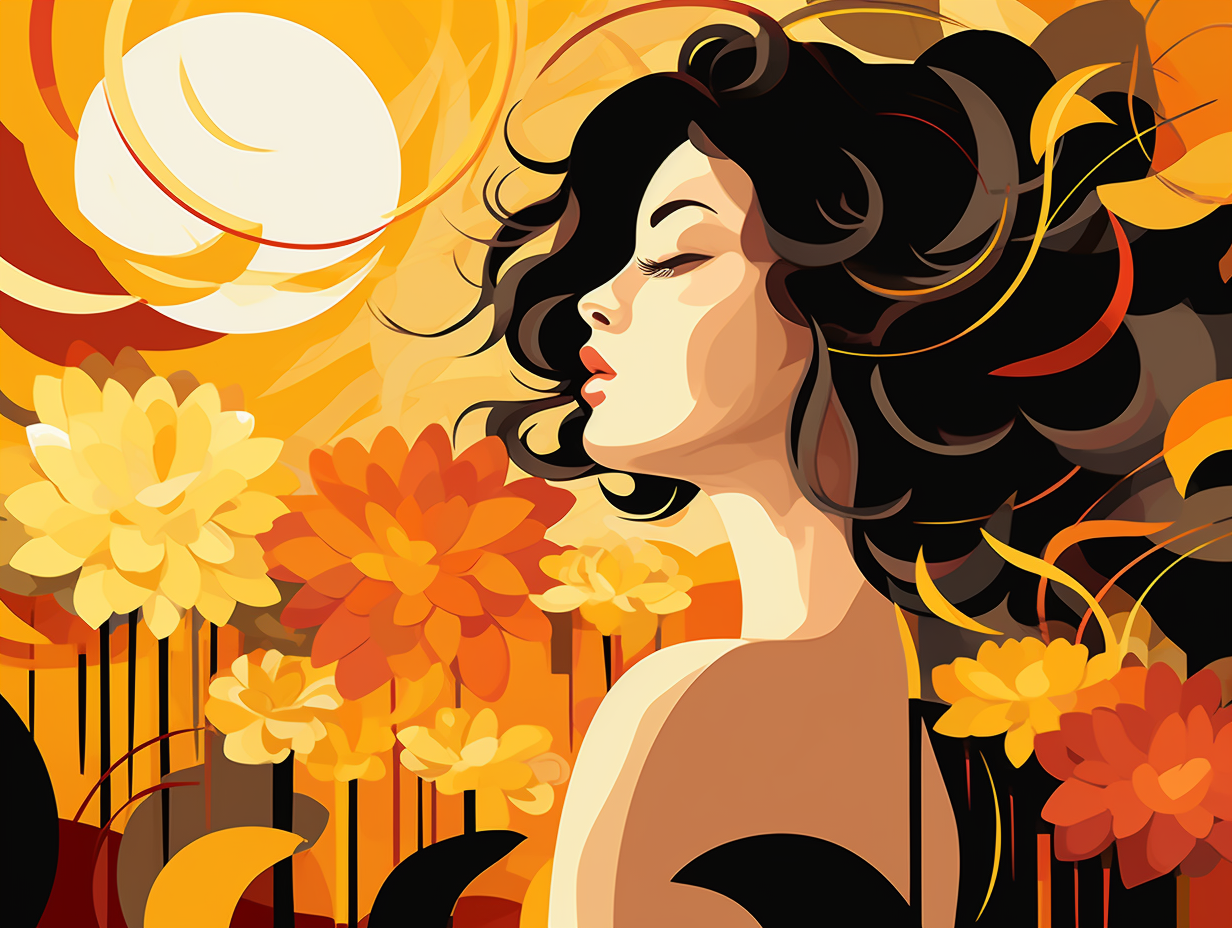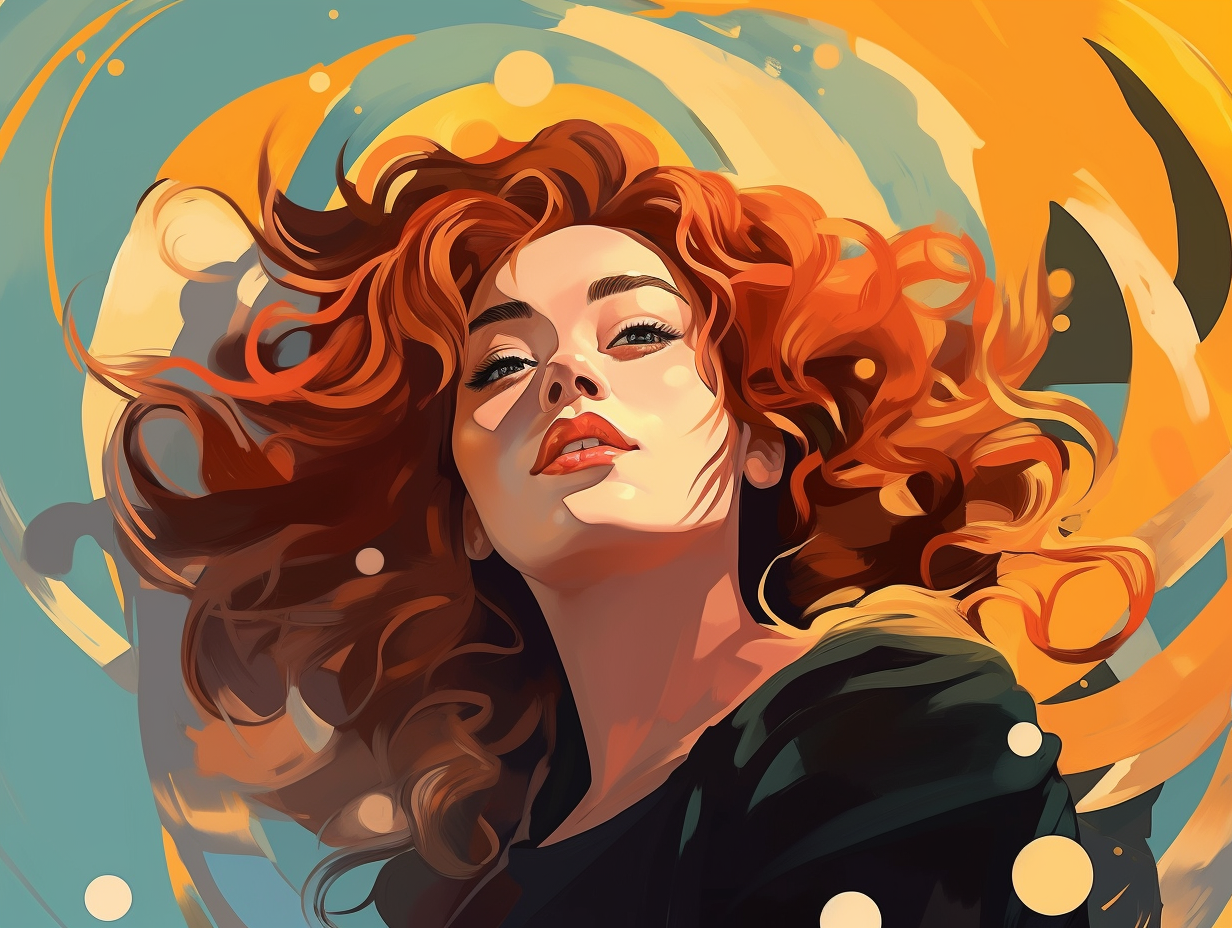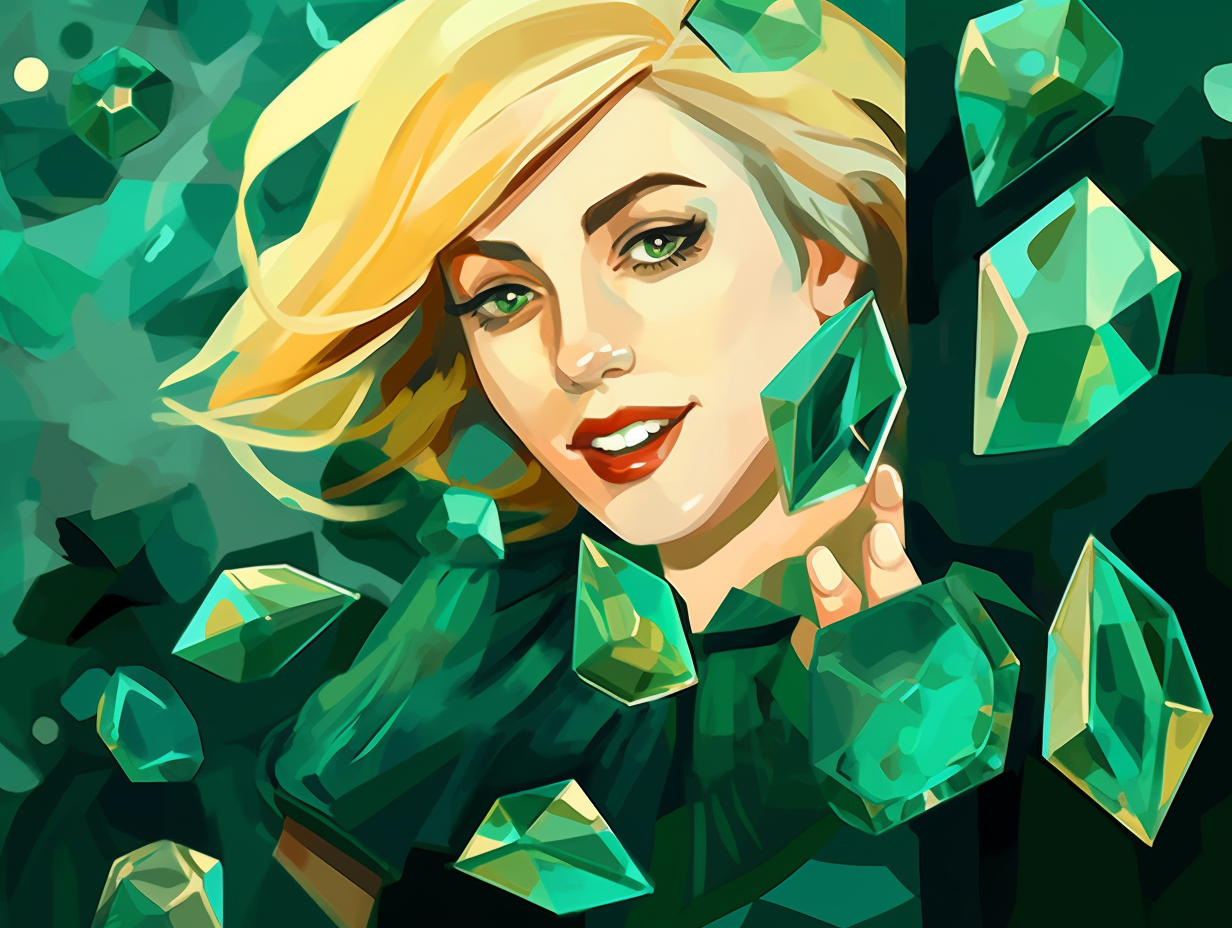Unleash Your Inner Child: Top 8 Amazing and Fun Facts About Crayons You Never Knew!

1. Crayola's Messy Past
Before they were coloring outside the lines and waxing poetic in children's scribbles, Crayola had a darker, messier past: Originally, the company produced lampblack, charcoal, and red iron oxide paint, later expanding to slate pencils and non-toxic drawing mediums for kids, but never dabbling in industrial pigments before they found their true calling in crayons.
Source => thoughtco.com
2. Edible Organic Crayons
Who says you can't play with your food? It seems even the world of crayons wasn't immune to some edible infiltration: behold the organic crayons made with soybean and beeswax! Not only are these non-toxic alternatives a huge relief for parents of notorious nibblers, but they also promise a vivid array of colors to delight budding artists, minus the presence of scary chemicals like formaldehyde, lead, or PVC.
Source => gentlenursery.com
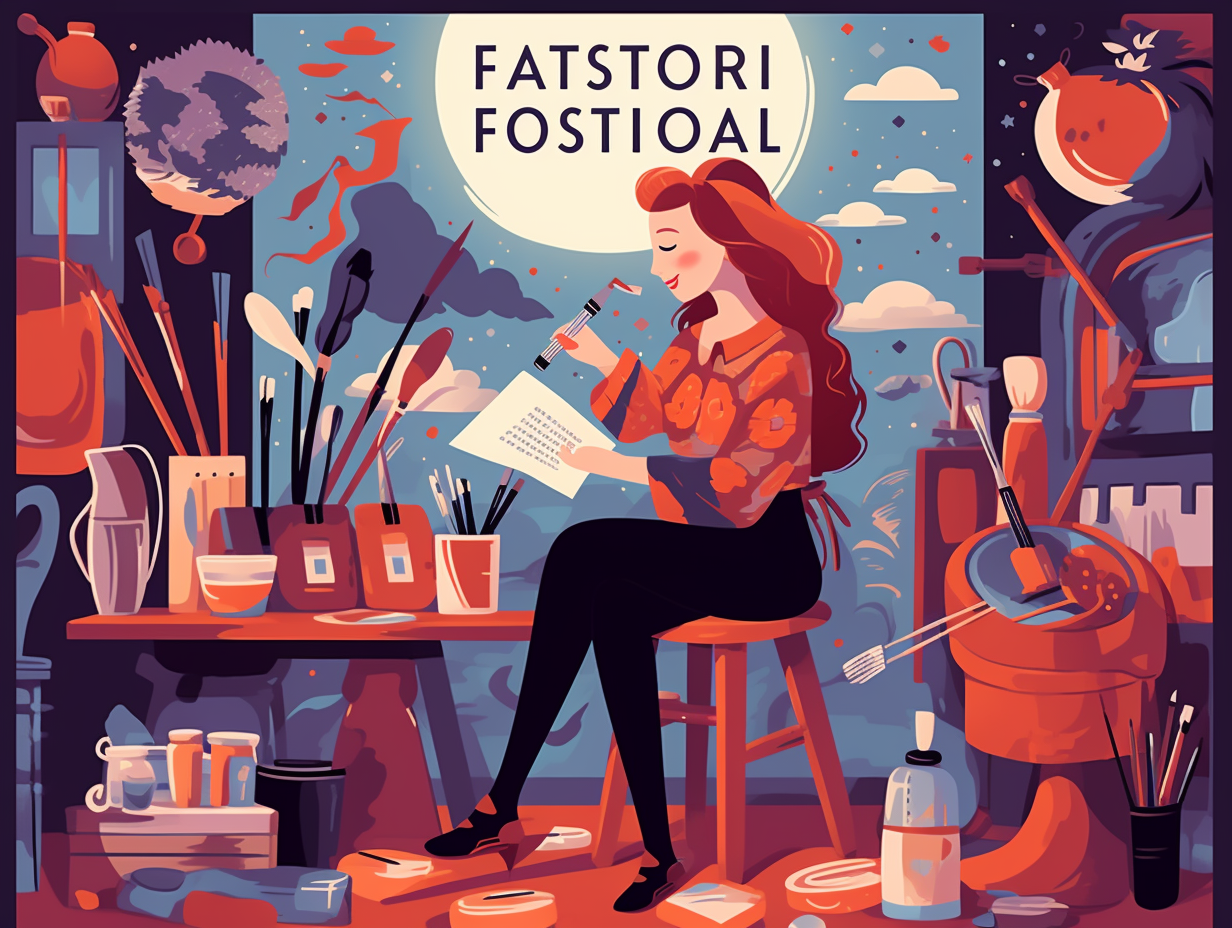
Discover how the ancient Egyptians ingeniously crafted their own vibrant blue pigment, an emblem of royalty, by combining limestone, sand, and copper – bridging the gap between regal and trustworthy hues! 🎨🔵
=> Fun Facts about Art-Supplies
3. Crayon Currency of Kindergarten
Crayons: the preferred currency of the kindergarten black market, fueling hours of artistic endeavors on the walls of family homes. Shockingly enough: by the age of 10, American children have acquired and spent over 730 crayons each, with the nation collectively clocking in 6.3 billion hours of coloring annually. To keep up with this pint-sized demand, Crayola churns out a whopping 12 million crayons daily – enough to give the Earth a vibrant, wax-based hug if laid end-to-end.
Source => pabook.libraries.psu.edu
4. Crayons in Roman Empire? Nope!
Bet your toga that Caesar never colored: Crayons, as we know them today, didn't exist during the Roman Empire, with the word "crayon" only first mentioned in 1644. Early crayons made from charcoal and oil were eventually followed by wax, with renowned companies like Crayola selling their colorful waxy delights since 1903.
Source => historyofpencils.com

5. Crayola's 64-Color Revolution
When Crayola decided to raise the cray-game in 1958, they didn't just go big, they went brick red, forest green, and midnight blue big: Enter the 64-color box, featuring these iconic shades along with a built-in sharpener and color chart on the back, which have since become a fixture in homes worldwide. These days, Crayola churns out over 3 billion crayons annually, all with the same trusty concoction of paraffin wax and non-toxic pigments.
Source => historyexplorer.si.edu
6. Crayola's Name Origin
When Alice Binney grabbed the mic and yelled, "We will, we will, 'Cray'-oula!" she singlehandedly rocked the world of coloring with a snappy new name: Little did everyone know, she combined "craie" (French for "chalk") with "ola" (shortened from "oléagineux," meaning "oily") to create the playful moniker we know today as "Crayola."
Source => todayifoundout.com
7. Accidental Blue Discovery
Breaking blue's: Walter White's lab has nothing on Oregon State University when it comes to creating new shades of blue! In a serendipitous lab experiment gone right, chemists accidentally conjured up "YInMn" blue, a pigment made of yttrium, indium, manganese, and oxygen. This smurf-tastic shade is set to be Crayola's latest addition, with the public being given the chance to name it through Crayola's website from May 5 to June 2.
Source => usatoday.com
8. Life's a Crayola Color Box
Whoever said "life is like a box of chocolates" clearly never worked at Crayola: Since their vibrant debut in 1903, Crayola crayons have painted the town red – and 199 other magnificent hues! In recent years, this color-coding cavalcade expanded with artistic aplomb, adding eye-catching shades like Bluetiful and Caribbean Green to their already impressive palette.
Source => en.wikipedia.org
Related Fun Facts


